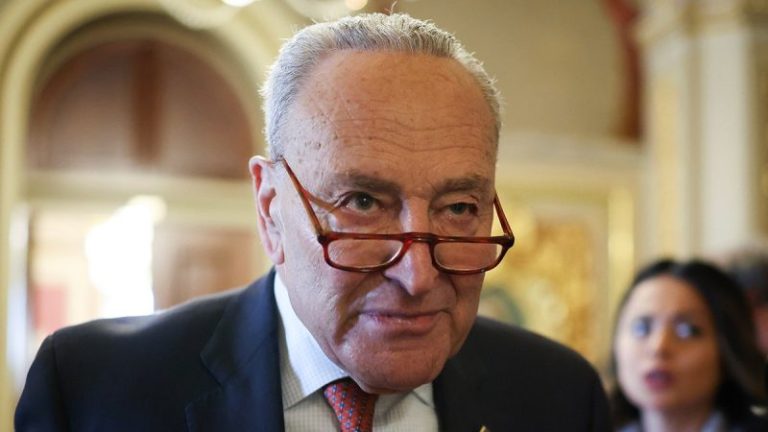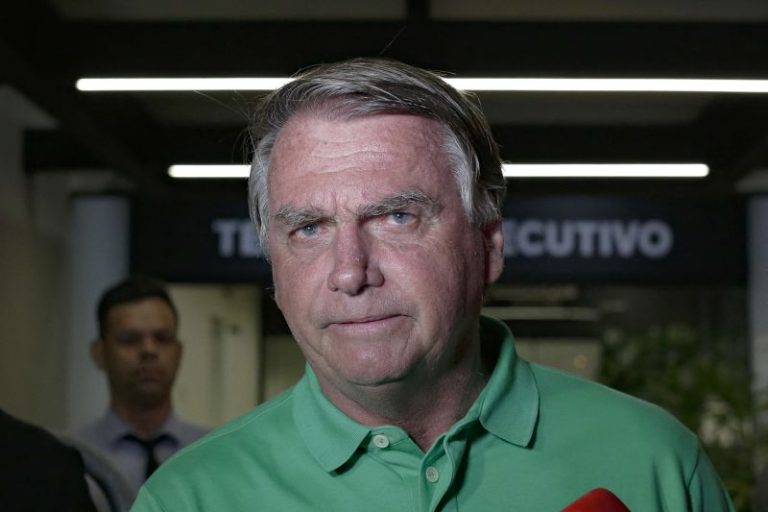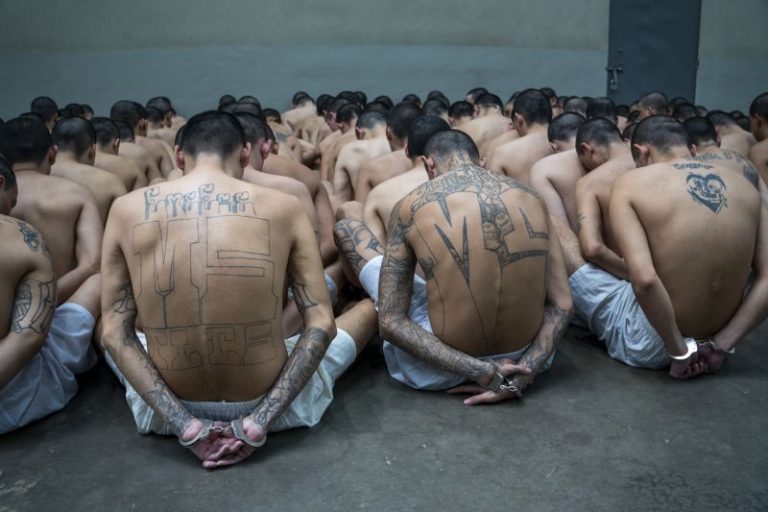A new White House memo highlighting the top 10 Supreme Court rulings federal agencies must follow has legal experts optimistic about reining in the administrative state, while some litigators remain skeptical the directive will be enforced.
‘Any administration that really cares about making sure that they were following the law should be reviewing regulations,’ Carrie Severino, president of Judicial Crisis Network, told Fox News Digital. ‘We want a government that isn’t just taking every bit of power that it can get away with, but one that wants to make sure the constitutional limits are guarded as well, which is why this memorandum is refreshing and novel in a good way.’
The administration issued a memorandum on April 9 requiring agencies to rescind regulations not in line with 10 recent Supreme Court opinions on proper administrative agency functions.
The memo, titled, ‘President Donald J. Trump Directs Repeal of Regulations That Are Unlawful Under 10 Recent Supreme Court Decisions,’ says it is in line with a February executive order seeking to rein in the administrative state.
The memo lists various Supreme Court cases aligned with Trump’s deregulatory agenda as well as the administration’s efforts to get rid of DEI initiatives. Among the cases listed are Loper Bright Enterprises v. Raimondo, West Virginia vs. EPA, and Students for Fair Admissions, Inc. v. President and Fellows of Harvard College.
Both Loper Bright and West Virginia notably narrowed executive agencies’ authority in issuing rules and regulations affecting the American public. Likewise, Students for Fair Admissions rejected the use of affirmative action in university admissions.
‘The President is right: agencies must repeal regulations that the Supreme Court has deemed unlawful. The President continues to deliver on his promises to roll back regulations and government overreach crippling American enterprise,’ White House spokesperson Taylor Rogers told Fox News Digital in a statement.
Several of the cases listed are not retroactive, meaning regulations issued prior to these decisions being handed down will not be disturbed as a result of the opinions. However, experts say agencies can re-evaluate previous rules and regulations under the new standards imposed by the Supreme Court opinions.
‘I think that that is good fodder, a good basis for a lot of agencies to go back and look, ‘Where have we created massive regulatory compliance burdens and structures that massively impact the economy or society on the basis of a very thin thread and where can we undo it?” Daniel Huff, senior legal fellow at the American Path Initiative, told Fox News Digital. ‘And we can point to these elephants in mouse holes and when it’s reviewed in the future, they will say ‘Yes, that is a good rationale’ and it will be upheld.’
Kara Rollins is a lawyer for the New Civil Liberties Alliance, the nonprofit organization that argued Relentless Inc. v. Dept. of Commerce in front of the high court – Loper’s companion case that sought to scale back the reach of the administrative state. Rollins told Fox News Digital the ‘retrospective look’ these agencies will take toward previous regulations is not ‘misplaced.’
However, Rollins raised concerns about the administration’s enforcement of the directive, noting that several related cases were already underway before the Supreme Court issued its rulings.
‘What happens to these cases that are currently active where DOJ or the agency is just taking the wrong position?’ Rollins said. ‘Who’s looking at that? Who’s clearing out those cases and saying, in light of this memorandum, we’ve looked at our litigation position and we can no longer sustain it? And that’s the real sort of open question, particularly for litigators right now.’
Rollins said that, as a litigator, her concern is agencies have yet to change positions when it comes to these Supreme Court opinions: ‘That sort of signals that there is a problem between what the president is saying he wants to have happen and what’s being effectuated on the ground.’
In the memo, Trump directs agencies to employ the Administrative Procedure Act’s ‘good cause’ exception ‘where appropriate,’ which allows agencies to do away with the usual notice-and-comment rulemaking process in the interest of the public. The usual process requires time for public input on the proposed rule.
Huff said there is ‘less of a need’ to impose the regular notice-and-comment rulemaking process given that agencies will likely be reviewing previous rules rather than passing new ones.
‘They’re not adding new burdens. This isn’t new to people,’ Huff said. ‘People already sort of know what’s there and it was there before. And we’re just turning back the clock. We’re putting it back to the way it was. We’re restoring the original status quo.’
Severino said there could be litigation over the use of the exception despite the fact that the language is ‘very broad.’
‘But I do think there are strong arguments for it because the laws must keep with the constitutional limits on government, and, of course, be in the public interest.’










